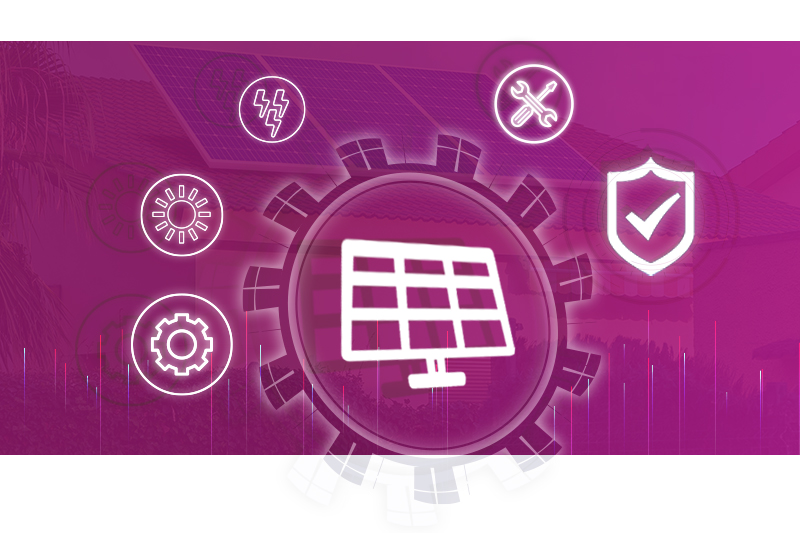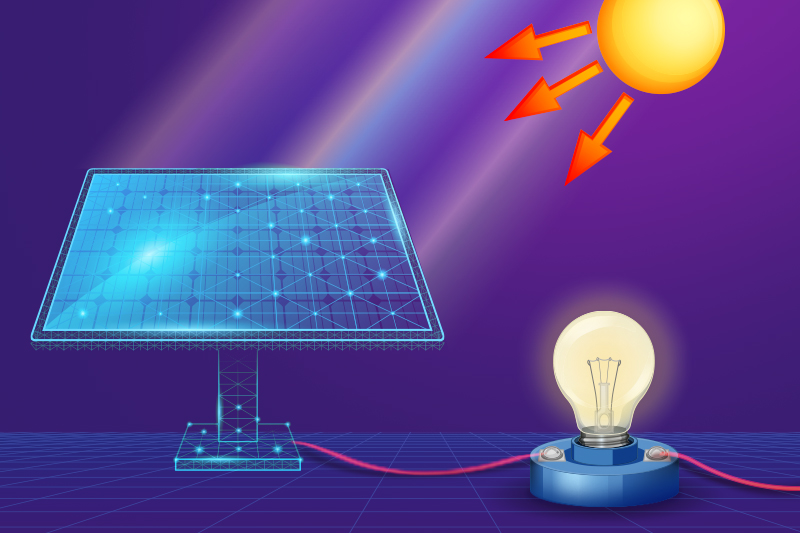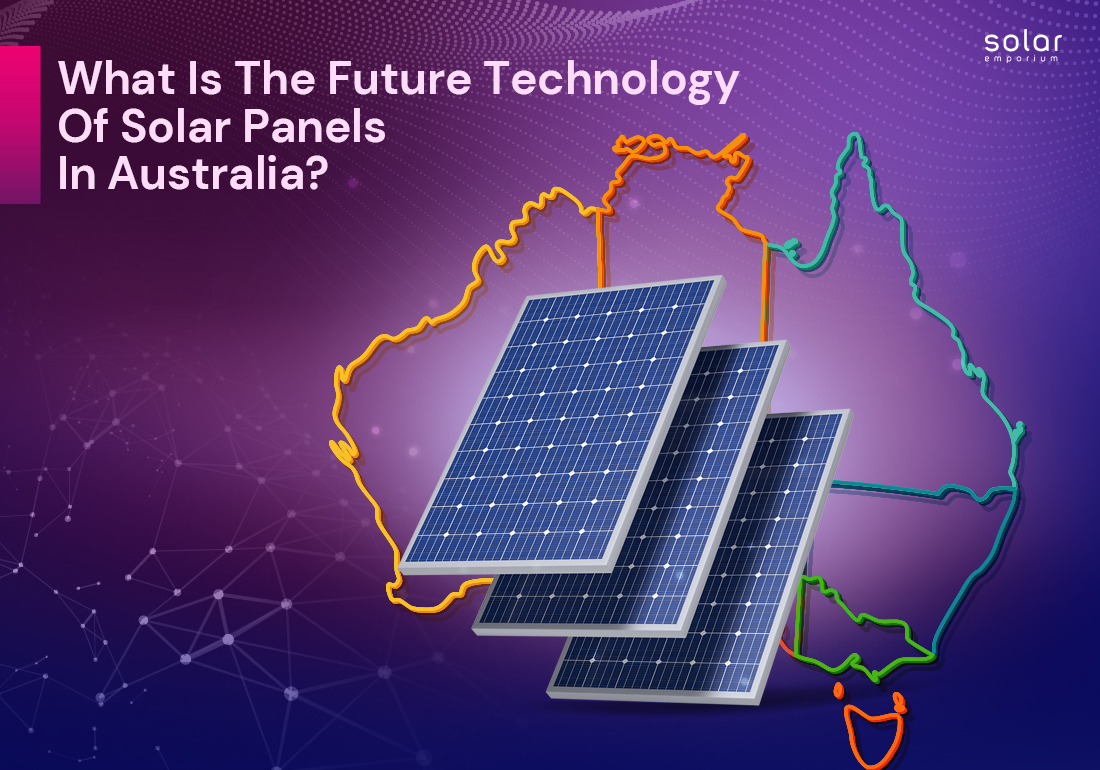Solar energy is one of Earth’s most abundant and clean renewable sources. It can be converted into electricity or heat using various technologies, such as solar photovoltaic (PV) and solar thermal.
Australia is blessed with abundant sunshine and has pioneered developing and deploying solar technologies for decades. But what is the future technology of solar panels in Australia?
As the demand for solar energy grows, so does the need for innovation and improvement. Future technologies of solar panels in Australia will revolutionise the solar industry and help achieve net-zero emissions by 2050.
Advancements in Solar Cell Technologies
Researchers are continuously working on improving the efficiency of solar cells. Perovskite solar cells, for example, have shown great promise due to their potential for higher efficiency and lower manufacturing costs.
These technologies may become more prominent in the Australian market as they mature.
Next-Generation Solar Panels
Next-generation solar panels are designed to achieve higher conversion efficiencies, allowing for more electricity generation from the same amount of sunlight.
Emerging technologies, such as perovskite and tandem solar cells, offer promising efficiency gains and can become commercially viable soon.
Bifacial Solar Panels
Bifacial solar panels capture sunlight from both sides, significantly increasing energy generation. These panels can utilise reflected and diffused light, making them suitable for installation in various environments.
As the cost of bifacial panels continues to decrease, their adoption is expected to increase, especially in areas with reflective surfaces like snow or water.
Solar Windows and Building-Integrated Photovoltaics (BIPV)
Solar windows and building-integrated photovoltaics (BIPV) represent a revolutionary development in solar power integration. Transparent solar panels embedded in windows or incorporated into building materials allow for the seamless integration of solar power generation into architectural designs.
This integration could expand solar power applications beyond traditional rooftop installations.
Beyond Silicon: Perovskite Solar Cells
Silicon solar cells can only convert about 20% of their sunlight into electricity, and their efficiency drops as the temperature rises. Moreover, silicon solar cells require a high level of purity and complex manufacturing processes, which increase their environmental impact and cost.
A promising alternative to silicon is perovskite, a material with a unique crystal structure that can absorb light across a broad spectrum and generate electricity at low voltages. Perovskite solar cells have several advantages over silicon solar cells, such as:
- Higher efficiency: Perovskite solar cells have achieved efficiencies of over 25% in laboratory settings and are expected to reach over 30% soon
- Lower cost: Perovskite solar cells can be made from cheap and abundant materials, such as lead, tin, carbon, and nitrogen. They can also be fabricated using simple methods, such as printing or coating, reducing energy and material consumption.
- Flexibility: Perovskite solar cells can be made into thin and lightweight films that can be integrated into various surfaces, such as windows, roofs, walls, or even clothing.
- Tunability: Perovskite solar cells can be tailored to different colours and transparency levels by changing their chemical composition or structure.
Perovskite solar cells come with challenges. However, they are still in the early stages of development and face issues such as stability, scalability, toxicity, and recallability.

Beyond Electricity: Solar Fuels
Solar fuels can be produced by using sunlight to split water or carbon dioxide molecules into their constituent elements, such as hydrogen and oxygen or carbon monoxide and hydrogen. This process can be done using various technologies, such as:
- Photo-electrochemical cells: These devices use semiconductors to absorb sunlight and generate an electric current that drives the water or carbon dioxide-splitting reaction.
- Photocatalytic cells: These devices use catalysts to accelerate the water or carbon dioxide splitting reaction under sunlight without requiring an external electric current.
- Solar Thermal Systems: These use mirrors or lenses to concentrate sunlight onto a receiver that heats a fluid or gas that drives a chemical reactor.
Solar fuels have several advantages over batteries, such as:
- Higher energy density: Solar fuels can store more energy per unit mass or volume than batteries.
- Longer duration: Solar fuels can be stored longer without losing quality or performance.
- Lower cost: Solar fuels can be produced from abundant, cheap resources like water or air.
Solar fuels require high temperatures and pressures to produce and store them efficiently. They also face competition from fossil fuels, which are still cheaper and more widely available.
Australian researchers are developing novel materials and processes to improve the efficiency and cost-effectiveness of solar fuel production.
For example, a project led by Professor Rose Amal from UNSW Sydney is developing nanostructured photocatalysts that can split water into hydrogen and oxygen using visible light.
Another project Professor John Andrews from RMIT University led is developing a solar thermal system that can produce methane from carbon dioxide and hydrogen using a metal oxide redox cycle.
Beyond Panels: Solar Skins
Most solar panels are installed on rooftops or ground-mounted systems, which can be visually intrusive or take up valuable land space.
A possible solution is to create solar skins, which are thin and flexible materials that can harvest solar energy and also serve as functional or decorative elements of buildings or vehicles.
Solar skins can be made from various technologies, such as:
- Organic Solar cells: These cells use organic molecules, such as polymers or dye-sensitised materials, to absorb sunlight and generate electricity. They can be made into colourful and transparent films that can be applied to various surfaces.
- Quantum Dot Solar Cells: These cells use nanoscale crystals, called quantum dots, to absorb sunlight and generate electricity. They can be tuned to different colours and brightness levels by changing their size or shape.
- Thermoelectric Materials: These materials can convert heat into electricity or vice versa. They can harvest waste heat from buildings or vehicles and turn it into useful power.
Solar skins have several advantages over conventional solar panels, such as:
- Versatility: Solar skins can be integrated into various shapes and forms, such as windows, walls, roofs, pavements, cars, buses or trains.
- Aesthetics: Solar skins can be designed to match the colour and style of the existing environment or create new visual effects.
- Functionality: Solar skins can also provide additional benefits, such as insulation, shading, lighting or communication.
Solar skins are also still in the research and development stage and face challenges such as durability, reliability, and compatibility. Australian researchers are exploring new ways to create and apply solar skins for various applications.
Energy Storage Integration

Battery technologies are evolving rapidly, offering higher energy density, longer lifespans, and faster charging capabilities.
Lithium-ion batteries dominate the market, but emerging technologies like solid-state and flow batteries show great promise. These advancements will enable more efficient energy storage and give homeowners greater control over their energy consumption.
Home battery systems like Tesla’s Powerwall and the development of large-scale grid-connected energy storage projects will become more prevalent.
Smart Energy Management and Grid Integration
Home Energy Management Systems
Home energy management systems leverage advanced software and intelligent algorithms to optimise energy usage and maximise self-consumption. These systems monitor energy generation and consumption patterns.
Later, homeowners can make informed decisions about their energy usage and identify areas for further efficiency improvements.
Grid Integration and Demand Response
Floating Solar Farms
Solar Energy in Agriculture
Community Solar Projects
Artificial Intelligence (AI) and Machine Learning
Artificial intelligence (AI) and machine learning algorithms are being integrated into solar power systems to optimise energy production and consumption.
Innovations in solar panel applications have resulted in AI-powered systems. These can adapt to changing weather conditions, energy demand, and individual usage patterns, enhancing the overall performance of solar power systems.
Sustainability for the Future

Solar energy is crucial to Australia’s transition to a low-carbon economy. However, to achieve its full potential, solar technology needs to evolve and improve efficiency, cost, storage, and integration.
Australian researchers are leading the way in developing the future technologies of solar panels that will overcome the current challenges and create new opportunities for solar energy applications. These are expected to revolutionise the solar industry and help achieve net-zero emissions by 2050.
The key trends that will shape the solar power industry are the increased efficiency and performance of solar panels, advancements in energy storage technologies, smart energy management systems, grid integration, and advanced monitoring and analytics.
These solar energy predictions offer tremendous potential for homeowners to optimise their energy consumption further, increase grid independence, and contribute to a cleaner and more sustainable energy future.
But can Australia go 100% renewable energy? The Government rebates and incentives indeed influence that. It also ensures future technology adoption in the solar sector in Australia.
The direction of these policies can significantly impact the sustainable goals as a part of Renewable Energy Australia.
Check our website to learn more about government solar rebates in Victoria and NSW. And get a free quote for any renewable solutions.







